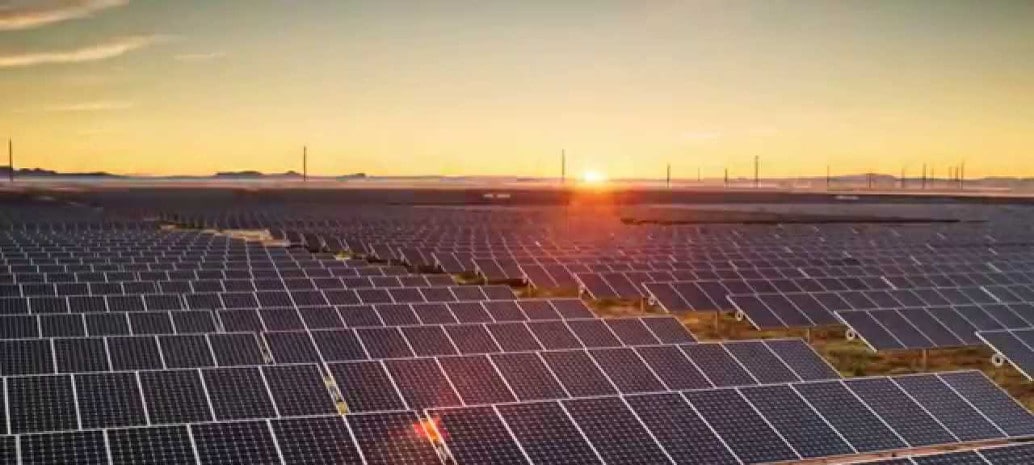by K Kaufmann, SEPA
Combine high levels of solar generation with self-contained grids unable to export power to other regions, and you have the double whammy of overproduction and curtailment now facing Hawaiian Electric Companies, the utility that provides electricity for five of the state’s six main islands.
Issues of solar over-generation and curtailment have surfaced elsewhere in the United States, particularly in California. But the unique characteristics and constraints on Hawaii’s electric system have made the problem acute, and finding innovative solutions critical to achieving the state’s goal of operating on 100-percent renewable energy by 2045.
A report from the Smart Electric Power Alliance (SEPA) and ScottMadden tackles the problem with a new approach to solar power purchase agreements (PPAs), aimed at turning renewable generation from variable, “must-take” power to a dispatchable resource.
Specifically, the report takes a fresh view of traditional PPA structures, with the goal of better managing curtailment risk and using these resources to meet the real-time needs of the grid. For example, instead of simply reducing power at a plant to balance supply and demand, grid operators could ask a plant to operate at less than its full capacity so it has “headroom” — that is, sufficient power — to provide system support for frequency or voltage regulation.
In other words, rather than just going for least cost, developers would be incentivized to to design their projects and PPAs to provide the backup and grid support services that have traditionally been supplied by peaker plants or other dispatchable resources.
“We’ve turned a negative into a positive,” said John Sterling, SEPA’s Senior Director of Research and Advisory Services, and a co-author of the report, which was commissioned by Hawaiian Electric. “You’re not curtailing; you’re turning the power into ancillary services that create a new value stream for the grid, and customers are getting the benefit. “
The model PPAs proposed in the report also address the thorny issue of risk allocation for curtailment — who absorbs the cost of the lost power — with a better balance of interests between developers and utilities. The ultimate goal is lower costs and better value for customers.
A chain of unintended consequences
Based on 2015 figures, renewables account for more than 23 percent of power generation in Hawaii, with more than half of that output coming from residential rooftop arrays. Hawaiian Electric’s most recent Power Supply Improvement Plan — the utility’s proposed road map for getting to 100 percent — sets interim targets of 48-percent renewable generation by 2020 and and 72 percent by 2030.
Perhaps the biggest obstacle to achieving those goals is the basic structure of Hawaii’s electric system itself — each island has its own, self-contained grid that is unable to either import or export power. Under these conditions, the challenge of balancing supply and demand on each island, while also maintaining system reliability, is considerable.
The problem here, the report states, is not simply that solar and other variable renewables only generate electricity when the sun shines or wind blows, but the times of highest production do not match the times when consumers use the most energy.
That misalignment can result in overproduction — especially at mid-day when solar production is at its highest and demand drops — and the need to reduce, or curtail, generation at utility-scale plants. The lost power and revenues can translate into a chain of unintended consequences. Developers may face increased risks, their projects may become harder to finance, and costs may go up for both utilities and consumers.
The report estimates that “curtailment levels on Oahu may be at 10 percent (of a given generator’s output potential) or greater, and 20 percent possibly up to as much as 50 percent on Maui and Hawai’i Island.”
The dollars-and-cents impact, according to the report, is that developers today must account for curtailment risks within their PPAs. A utility-scale plant that would normally be priced at $100 per megawatt-hour (MWh) might compensate for a 20-percent curtailment risk by bumping up its price to $125/MWh. The higher price both raises costs for utilities and customers, and increases potential losses for curtailment.
Current PPAs allocate the loss either entirely to the developer or the utility, which means, in practice, the cost is passed through to customers.
The report’s proposed solutions include PPAs that could require developers to break their prices into fixed and variable components — aimed at a better split of curtailment risk between developers and utilities — and contracts based on a complicated scheme of time-variable prices.
But the report’s preferred solution for Hawaiian Electric is a contract structure that again uses the split fixed-variable pricing component, but also “converts the utility’s role from a passive taker (of power) to a proactive asset manager.”

“This structure schedules the percentage of potential production (original emphasis) on the solar or wind resource available on any given day, factoring in the needs of the system from both a cost and reliability standpoint . . . By purposefully under-scheduling the solar asset, the solar generator can contribute to the provision of ancillary services. Adding the ability to provide spinning reserves and frequency response reduces integration costs of adding these assets to the system, effectively increasing their overall value.”

“If you’re going to do 100 percent renewable energy, you still have to have dispatchable reserves and resource availability,” Sterling said. “At some point, the energy isn’t the constraint; it’s everything else you need to serve the grid.”
The term “spinning reserves” refers to electric capacity that — as the term implies — can be held in reserve, synchronized to the grid, so it can be called on quickly to provide extra power or grid support.
Solar goes ancillary in California pilot
A recent pilot project in California may have provided an initial, technological proof-of-concept. A collaborative effort between solar developer FirstSolar, the California Independent System Operator (CAISO) and the National Renewable Energy Laboratory, the project tested the ability of advanced inverters to moderate output at a 300-megawatt solar plant to allow it to provide a range of grid support services.
Essentially, FirstSolar slightly reduced output at the project and then set the inverters to provide, at different times, frequency regulation, voltage support, ramping and other services.
“We were very pleasantly surprised at how agile that plant was,” said Stephen Greenlee, Senior Public Information Officer at the CAISO, noting that the plant performed at levels comparable to or better than traditional natural-gas peaker plants.
Mahesh Morjaria, FirstSolar’s Vice President of Systems Development, sees some level of curtailment as implicit in utility-scale solar going forward.
“If you need this variable generation, it should be used for other services — that’s really the motivation from the financial perspective,” he said.
The Hawaiian Electric paper, he said, takes the pilot results to the next level by “making the contractual arrangements . . . so the (developers) have reduced risk of economic constraints from curtailment and grid operators have the opportunity to use ancillary services.”
Obviously, restructured PPAs are only one part of the system-wide solutions being designed and tested in Hawaii, California and across the country as more and more renewables are integrated onto the grid. Storage, demand growth and management, and energy efficiency are all part of the bigger picture — acknowledged, but not directly addressed in the report.
The challenge ahead will be combining the exponential pace of technological innovation with robust, integrated planning processes — in real time, with risks and benefits shared by all.
The SEPA-ScottMadden report, “Proactive Solutions to Curtailment Risk” is available online here.
This article was reproduced with permission from the Smart Electric Power Alliance website.
This content is protected by copyright and may not be reused. If you want to cooperate with us and would like to reuse some of our content, please contact: editors@pv-magazine.com.









By submitting this form you agree to pv magazine using your data for the purposes of publishing your comment.
Your personal data will only be disclosed or otherwise transmitted to third parties for the purposes of spam filtering or if this is necessary for technical maintenance of the website. Any other transfer to third parties will not take place unless this is justified on the basis of applicable data protection regulations or if pv magazine is legally obliged to do so.
You may revoke this consent at any time with effect for the future, in which case your personal data will be deleted immediately. Otherwise, your data will be deleted if pv magazine has processed your request or the purpose of data storage is fulfilled.
Further information on data privacy can be found in our Data Protection Policy.